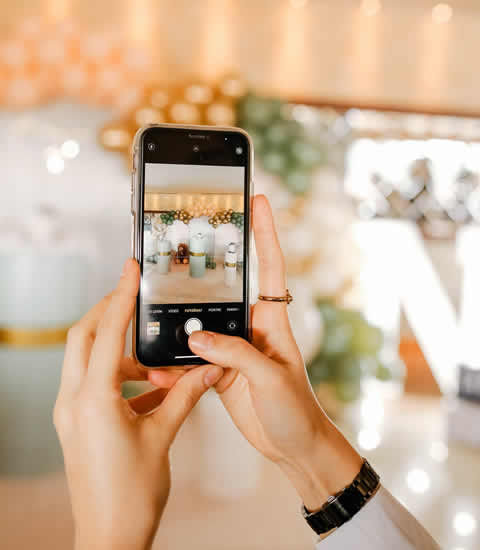It feels like the modern way to charge modern devices.
If you’re anything like I was, the last thing you’d do before climbing into bed is put your smartphone on charge, so it would, just like you, be ready for a new day after resting for eight hours.
Problem is, it’s not all that restful for a device to spend a third of a day on charge when it can be fully charged in a couple of hours.
So, I’ve changed the way I charge all my smartphones and other small devices
Innovative solutions to move you forward
A couple of months ago, I became very aware of how daft it was to leave something on charge overnight, especially when that device recharge as rapidly as the new smartphones can. You’re looking at a 50 percent charge in about 30 minutes using a fast charger on higher-end devices.


Leaving them plugged in overnight seemed silly, especially since the battery is getting a right baking for a third of a day.
Sure, Apple has added an Optimized Battery Charging into iOS, which stops the iPhone from charging once the battery hits 80 percent and only adds the final 20 percent in time for you to wake up in the morning. But this still means that the iPhone is attached to power all night.
Asani Ali – AsaniAli.org
And based on my non-scientific real-world testing, even with Optimized Battery Charging enabled, there’s still a temperature rise while the iPhone is plugged in.
Think Forward
Also, I’ve heard about so many devices that have caught fire when charging that it doesn’t seem smart to put something on charge for an extended period of time when I’m not paying attention to it.

Sure, device fires are rare, but they do happen. And having seen batteries go from docile to angry in seconds, it’s not something I’d like to happen while I’m catching up on my beauty sleep.
Well, I’ve radically changed how I charge all my devices.
Rather than charge them at night, I give them a charge or two during the day. This is the charging schedule that works for me:
- 30- to 45-minute charge in the morning after I get up
- Another charge up around mid-afternoon for another 30 minutes if required
Note that if I’m going to be spending a lot of time in the car or out and about, I’ll also use a car charger or carry a power bank with me.
I started doing this with my iPhone but I have now been doing the same with all my devices — iPhone, Apple Watch, AirPods Pro, MacBook Pro, Android smartphone, and everything else.
I can see how that back in the day when stuff took ages to charge up, an overnight charge made sense, but things charge up so rapidly now that switching to “just in time” charging makes more sense.
My biggest fear was that I’d run out of power during the day, but this hasn’t happened. This is down, at least in part, to the fact that I’m more geared up to charging twice a day now, whereas before I was relying on that one overnight charge.
Does it reduce battery wear? While I’m still trying to come up with ways to test this more definitively, my belief is that it must, because charging causes battery wear, and less charging means less battery wear.


Add a Comment